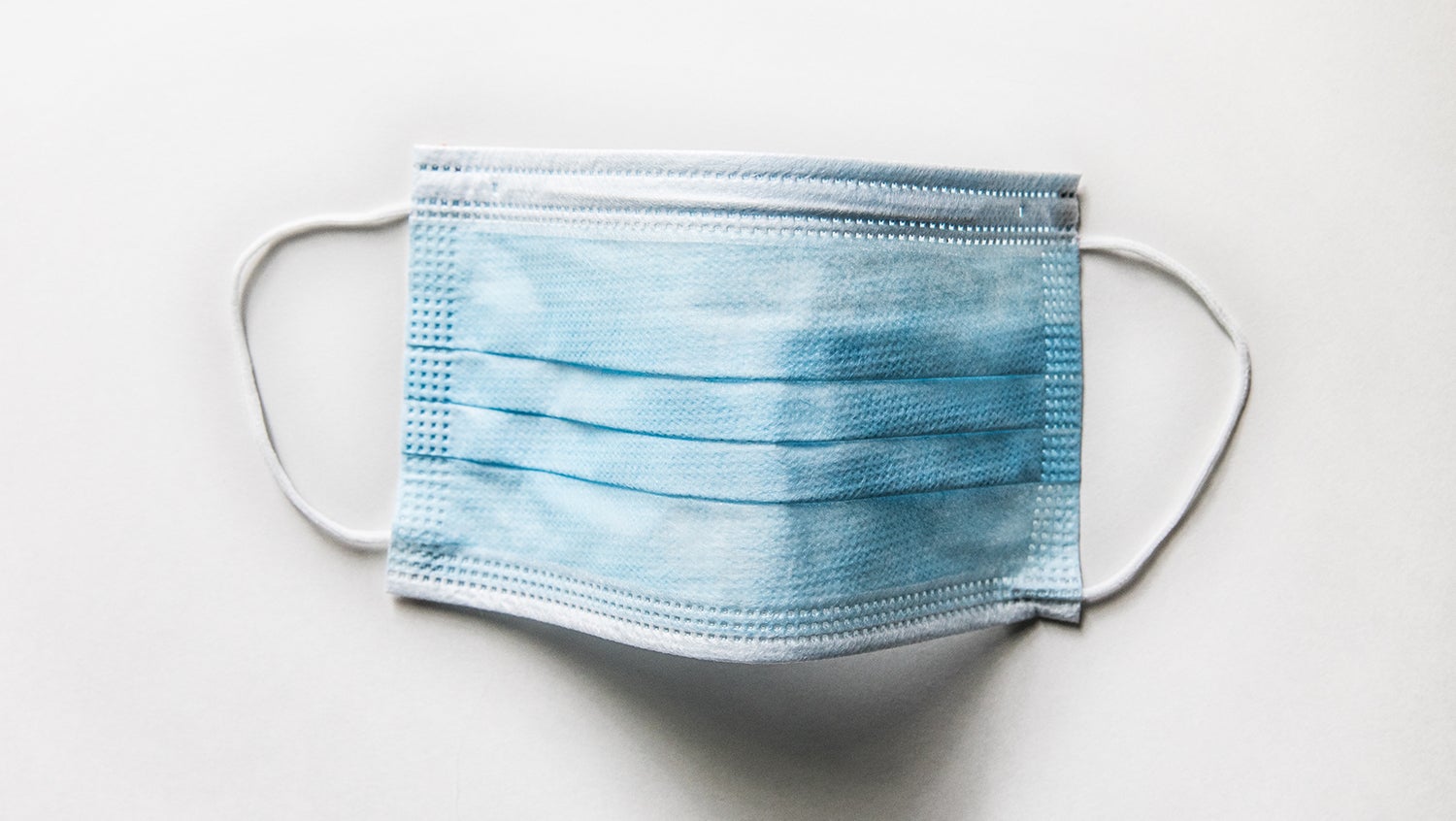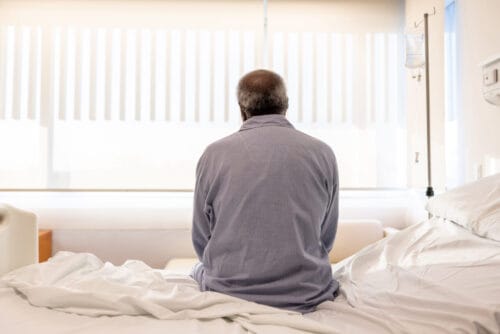
Getty Images
COVID response efforts are the roadmap for reducing healthcare spending and freeing up resources to plow back into the communities hospitals serve.
The COVID-19 pandemic, despite being a healthcare nightmare, may provide the best chance to cure our healthcare system.
As a healthcare executive, I have been working with my colleagues to reform the healthcare system for years. But for all our efforts, the business of healthcare has grown more convoluted, less affordable, and less able to serve the people who pay for it — and as a result, it’s a source of enormous frustration and concern to almost every American.
Yet in the three months since health systems ramped up to face a surge of COVID-19 cases, I’ve seen immediate and sweeping change in how health systems operate. Necessity is the mother of invention, and many of the reforms we’ve struggled to accomplish over decades came to pass overnight. Traditional public health tools, like home visits, screening and testing, telehealth, contact tracing, and goals of care discussions have become as important in our fight against COVID-19 as ventilators and IV pumps. The radical changes reveal that a system focused on public health and community-based infrastructure, rather than episodic and disjointed care, is not only possible but necessary.

While the case for health equity has often been dismissed as a luxury the country can’t afford, the pandemic has shown unequivocally that inequity is at the core of our economic instability. A health system evolution towards equity will not be easy or simple, but a few basic learnings from COVID begin to lay out a roadmap for the improvements that leaders across sectors must make.
Lessons learned from a pandemic response
Before COVID-19, 4,000 people came to Boston Medical Center per day to visit their doctor. In March, we cut the number of onsite ambulatory visits by 90 percent, but even our hastily assembled telehealth efforts have been a promising success. In removing traditional barriers, such as travel times or the need for childcare to attend an appointment, the number of patients missing their appointments has dropped significantly. Telehealth also means we’re able to schedule more frequent touch points for people who need them — a win-win for patients and clinicians.
Our country’s substance use disorder epidemic is no less pressing with COVID-19, but remarkable efforts have been made to avoid increased overdoses while the U.S. faces the pandemic. Through swift policy change, telehealth is being permitted for the initiation of buprenorphine treatment and for methadone and buprenorphine follow-ups. Restrictions on take-home doses for methadone have also been loosened, decreasing a massive barrier to one of the most effective treatments for opioid use disorder.
The pandemic has also solidified the importance of supporting our homeless neighbors as part of greater public health. Our state and city governments have now invested significant resources to shelter unhoused people while they recover from the disease, which has allowed this group to isolate safely and has slowed the spread of COVID-19 into shelters, while also freeing up hospital beds for patients with more acute needs.
These are only a subset of the care changes we’ve seen. And all of these models, ultimately, are cost-effective alternatives to the status quo.
There is so much more we still need to do inside and outside the walls of our hospitals, however. Centuries of societal tolerance of gaping health disparities in rates of diabetes, cardiovascular disease, and other chronic conditions came home to roost during this pandemic. In Boston, for example, 40 percent of the people diagnosed with COVID-19 are Black, even though Black people represent only 20 percent of the overall population. Racial disparities based in social inequities are not new, but the pandemic’s data could not make the takeaway any more obvious or urgent.
When we can’t go back: A practical look forward
Done right, the process of improving health instead of addressing illness can reduce healthcare spending and free up resources to plow back into the communities we serve.
At nearly 20% of the United States’ GDP, the healthcare industry and how it recovers are inextricably linked to our nation’s overall economic recovery. There is already pressure to “reopen” healthcare as usual to generate that revenue. Meanwhile, millions of now-unemployed and uninsured Americans are creating added pressure on state and federal budgets. How we pay for their healthcare and what it costs have significant implications for the speed of recovery for our communities and the entire economy.
Under other scenarios of intense fiscal pressure, hospitals would respond in a tried and true way, pushing for higher payments from insurers and growing expensive procedures and profitable clinical service lines. And, as they have historically, healthcare costs would rise — and make healthcare yet again more unattainable.
COVID-19 has demanded leaders, clinicians, and policymakers do things differently and has shown us that we can. Going back is not an option. Instead, our nation needs healthcare leaders from every sector — providers, payers, pharmaceutical manufacturers, device companies and government representatives — to be as bold and innovative as the teams who sprang into action in the earliest days of this pandemic to create new models of care and lower-cost financial frameworks to support them.
Health systems must reduce overhead, transaction costs, and the friction our patients and families feel as they navigate our systems. Insurers and the government must commit, with providers, to reducing the thirty-five cents of every dollar spent on administration and billing, and spend those dollars building robust public health infrastructure.
Hospitals and other healthcare providers, the largest employers in many communities, should create new roles that support the seismic shift in our care delivery system, like contact tracers, community health workers, street outreach teams, mobile clinicians, and technical support. With record levels of unemployment, hiring and training our own patients might be the most important thing we can do for them — as COVID-19 has shown, once again, that economic stability supports better health.
While it’s still too soon to know the full toll and repercussions of COVID-19, the impetus for real health system change is already clear. The words “never let a good crisis go to waste” have never been more apt. Let’s rise to meet that challenge; our country’s economic health and the health of millions of Americans depend on it.


